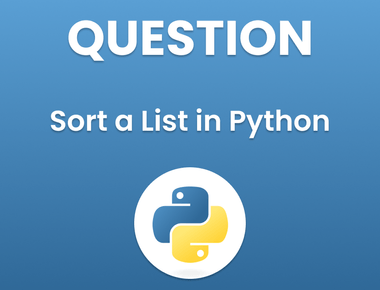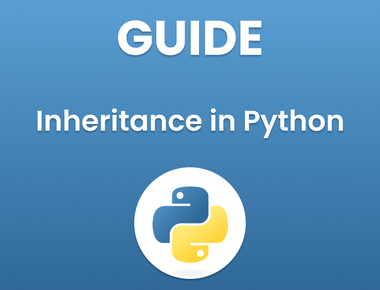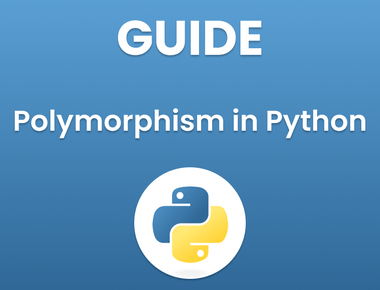Table Of Contents

At our company, we understand the importance of returning SQL data in JSON format using Python. This is because JSON is a widely used data format that is easy to read and parse, making it an ideal format for web applications. In this article, we will explain how to return SQL data in JSON format using Python in a detailed and comprehensive manner, providing you with all the information you need to achieve this.
Understanding SQL and JSON
Structured Query Language (SQL) is a programming language used to manage relational databases. It is used to create, update, and delete data in a database. SQL is widely used in web development because it is a powerful tool for managing large amounts of data.
JSON, on the other hand, is a lightweight data format that is easy to read and parse. It is widely used in web applications because it is easy to work with and can be parsed by most programming languages.
Why Return SQL Data in JSON Format Using Python?
Returning SQL data in JSON format using Python has several advantages. First, JSON is easy to read and parse, which makes it ideal for web applications. Second, Python is a powerful programming language that is widely used in web development. By returning SQL data in JSON format using Python, you can easily integrate SQL data into your web applications.
How to Return SQL Data in JSON Format Using Python
There are several steps involved in returning SQL data in JSON format using Python. Here is a step-by-step guide:
Step 1: Connect to the Database
The first step in returning SQL data in JSON format using Python is to connect to the database. This can be accomplished using the built-in Python library, “pyodbc”. This library allows you to connect to a wide variety of databases, including Microsoft SQL Server, Oracle, and MySQL.
To connect to the database, you will need to provide the necessary information, such as the server name, database name, and login credentials. Once the connection has been established, you can then proceed to query the database and retrieve the desired data.
Step 2: Query the Database
Once you have established a connection to the database, you can begin querying the database to retrieve the desired data. In order to return the data in JSON format, you will need to use the “json” module that is built into Python.
The “json” module allows you to easily convert Python objects into JSON format, which can then be returned to the user. To convert the data into JSON format, you will need to create a Python dictionary object, and then use the “json.dumps()” method to convert the dictionary to a JSON string.
Step 3: Return the Data
Now that you have queried the database and converted the data to JSON format, you can return the data to the user. This can be accomplished using a web framework, such as Flask or Django.
In order to return the data, you will need to create a route that will handle the incoming request, query the database, and return the data in JSON format. This can be accomplished using the “jsonify” method that is built into Flask and Django.
By following these simple steps, you can easily return SQL data in JSON format using Python. However, there are some tips and tricks that you can use to optimize your code for better performance.
Tip 1: Use Prepared Statements
Prepared statements are a powerful tool that can help to improve the performance of your code. Prepared statements allow you to precompile a SQL statement, which can then be reused multiple times with different parameter values.
By using prepared statements, you can avoid the overhead of compiling the SQL statement each time it is executed, which can result in significant performance improvements.
Tip 2: Use Connection Pooling
Connection pooling is another powerful tool that can help to improve the performance of your code. Connection pooling allows you to reuse existing database connections, rather than creating a new connection for each request.
By using connection pooling, you can avoid the overhead of creating new connections each time a request is received, which can result in significant performance improvements.
Tip 3: Use Indexes
Indexes are a critical tool that can help to improve the performance of your database queries. Indexes allow the database to quickly locate the data that is being queried, which can significantly reduce the time required to execute the query.
By using indexes, you can significantly improve the performance of your SQL queries, which can result in faster response times and a better user experience.
conclusion
In conclusion, returning SQL data in JSON format using Python is a simple and straightforward process that can be accomplished using the built-in Python libraries and web frameworks. By following the tips and tricks outlined in this article, you can optimize your code for better performance and provide a better user experience for your users.
Subscribe to our newsletter!
Quick Links
Legal Stuff
Social Media







